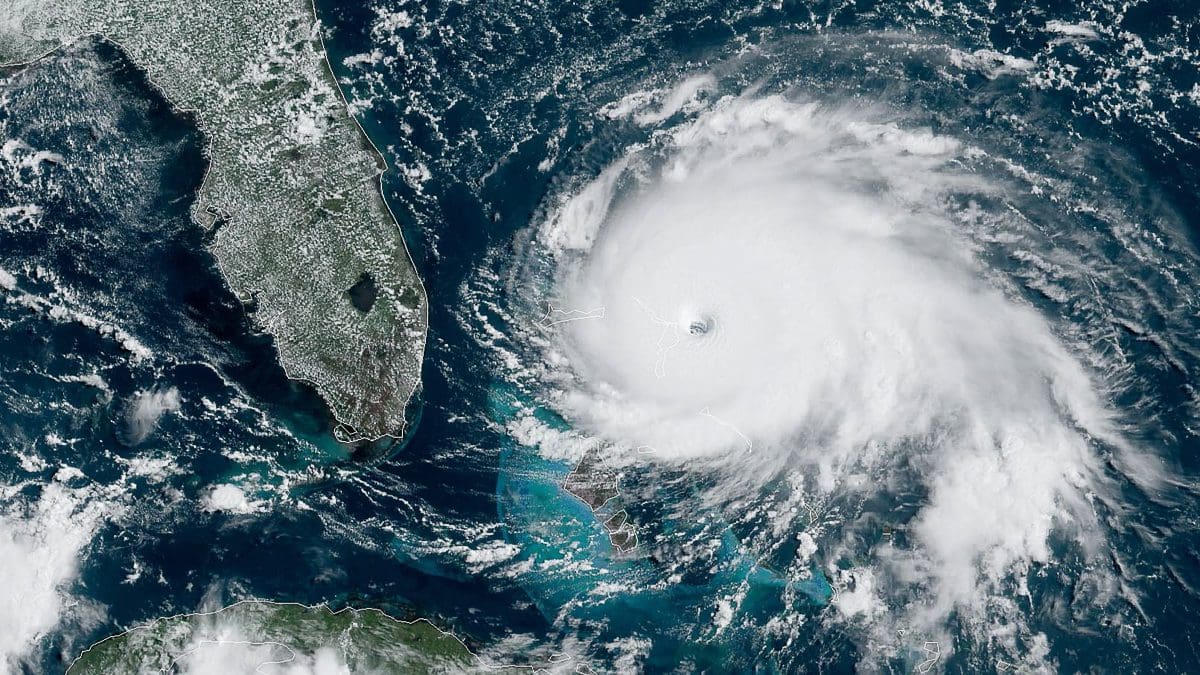The North Atlantic could get as many as seven major hurricanes of category three strength or over this year, which would be more than double the usual number, the US weather agency NOAA has warned.
Normally you’d expect three major hurricanes in a season.
As many as 13 Atlantic hurricanes of category one or above are forecast for the period, which runs from June to November.
Record high sea surface temperatures are partly to blame, as is a likely shift in regional weather patterns.
While there’s no evidence climate change is producing more hurricanes, it is making the most powerful ones more likely, and bringing heavier rainfall.
“This [hurricane] season is looking to be an extraordinary one,” NOAA administrator Rick Spinrad said in a news conference.
The recent weakening of the El Niño weather pattern – and the likely switch to La Niña conditions later in the year – creates more favourable atmospheric conditions for these storms in the Atlantic.
In contrast to the Atlantic, NOAA had already predicted a “below-normal” hurricane season in the central Pacific region, where a move to La Niña has the opposite effect.
On average, the Atlantic basin – which includes the Atlantic Ocean, Caribbean Sea and Gulf of Mexico – experiences 14 named tropical storms a year, of which seven are hurricanes and three are major hurricanes.
Tropical storms become hurricanes when they reach peak sustained wind speeds of 74mph (119km/h). ‘Major’ hurricanes (category three and above) are those reaching at least 111mph (178km/h).
In total NOAA expects between 17 and 25 named tropical storms, of which between eight and 13 could become hurricanes and between four and seven could become major ones.
The highest number of major hurricanes in a single Atlantic season is seven, seen in both 2005 and 2020. NOAA’s forecast suggests that 2024 could come close to that.
The exact causes of individual storms are complex, but two key factors are behind the forecast.
Firstly, there is the likely switch from El Niño to La Niña within the coming months, which helps these storms to grow more easily.
And secondly, sea surface temperatures are much warmer than usual in the main hurricane development region in the tropical Atlantic.
That often means more powerful hurricanes, because warmer waters provide more energy for storms to grow as they track westwards.
“All the ingredients are in place” for an intense hurricane season, said Ken Graham, director of the US National Weather Service.

